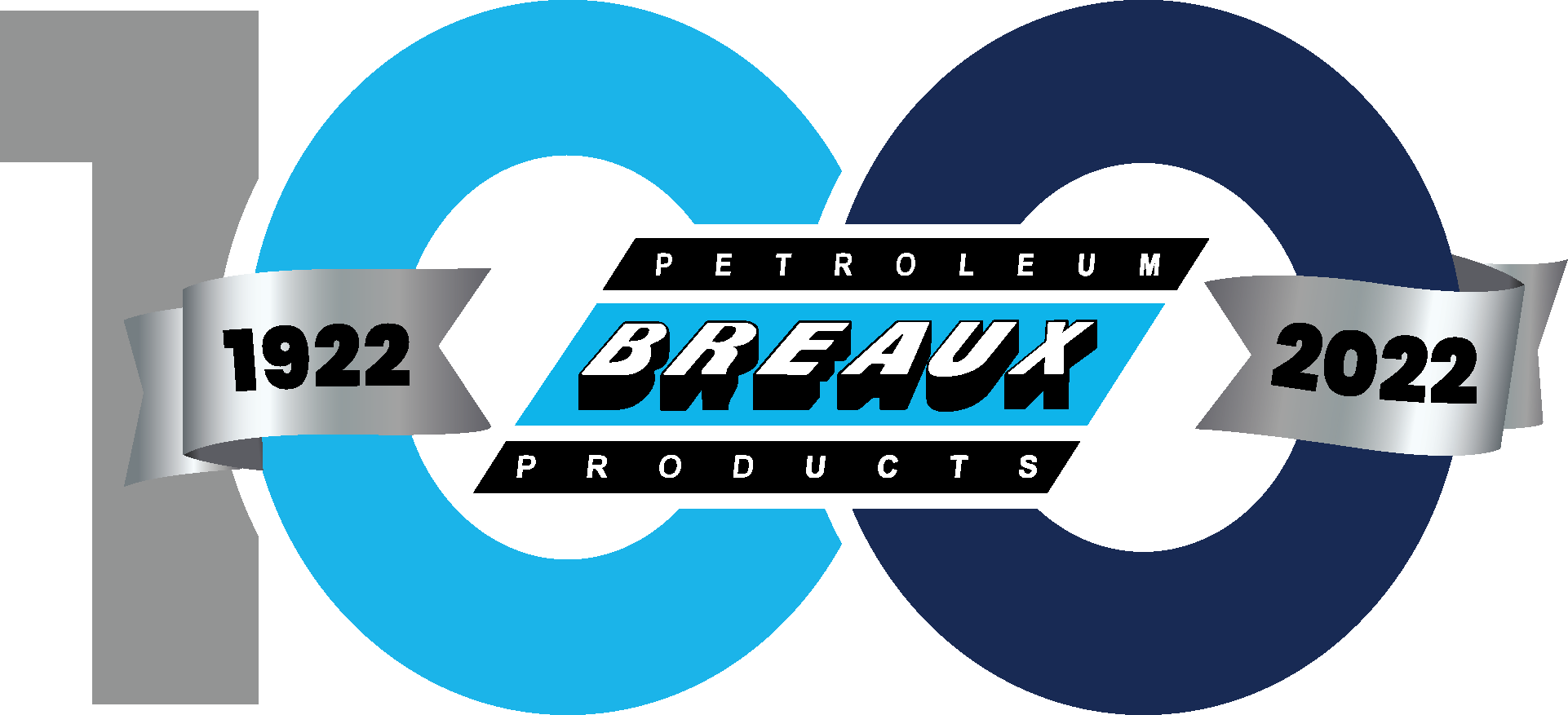Are you doing everything you can to achieve lubrication excellence?
Making necessary adjustments in your current processes can help optimize your operation.
The world of lubricants is always changing. Machinery is becoming more advanced and lubricants are changing to meet the new challenges. Staying competitive in the industrial world means meeting tight project deadlines and budgets. Small things make a BIG difference with equipment maintenance. With the right adjustments you can avoid expensive equipment downtime and over-budget projects.
We have compiled 5 important tips to help optimize your equipment and take the guesswork out of lubrication:
Tip 1. Implement training
65% of customers told Shell they didn’t have enough training in general or liquids training specifically to be able to
understand lubricant specifications. Injection molding will adopt different technologies and different pumps which, in turn,
need different specifcations of lubricant. Engage with suppliers to create a continuous learning and education framework.
Tip 2. Schedule auditing
Regular monitoring as a part of one or more people’s role is vital but regular auditing of site health and processes is also
critical to achieving lubricant excellence. This helps identify issues that have been missed or have grown so incrementally as
to not be noticed on a day-to-day level. Predictive maintenance can help sort any issues before they surface and prevent
machine downtime.
Tip 3. Learn through data
Being able to analyze data shown from a range of monitoring and site assessments helps organizations identify patterns,
particularly if data is collected from more than one site. Data is essential as a preventative action tool and learnings from
issues on one site or equipment set can be used to improve the operation as a whole.
Tip 4. Break habits
Having gone through a process of developing a monitoring and management strategy, it is easy to leave it how it is. But
equipment and lubricants continue to evolve and will need the way customers approach them to change. Adopt a process
of constant review to make sure that your procedures are still relevant and you always achieve lubrication excellence.
Tip 5. Design a lubricants-friendly factory
Multiple transportations, poor lubricant storage locations, ineffcient workfows – designing a lubricant-friendly site, taking
into account secure, clean storage and well-appointed handling.
Feeling overwhelmed or not sure where to start? Our team of lubrication experts can help with each of these tips. We offer
on-site training and free assessments to help you learn how to optimize your operation. Complete the form on the right to get in touch with our team today and start your journey toward lubrication excellence.
